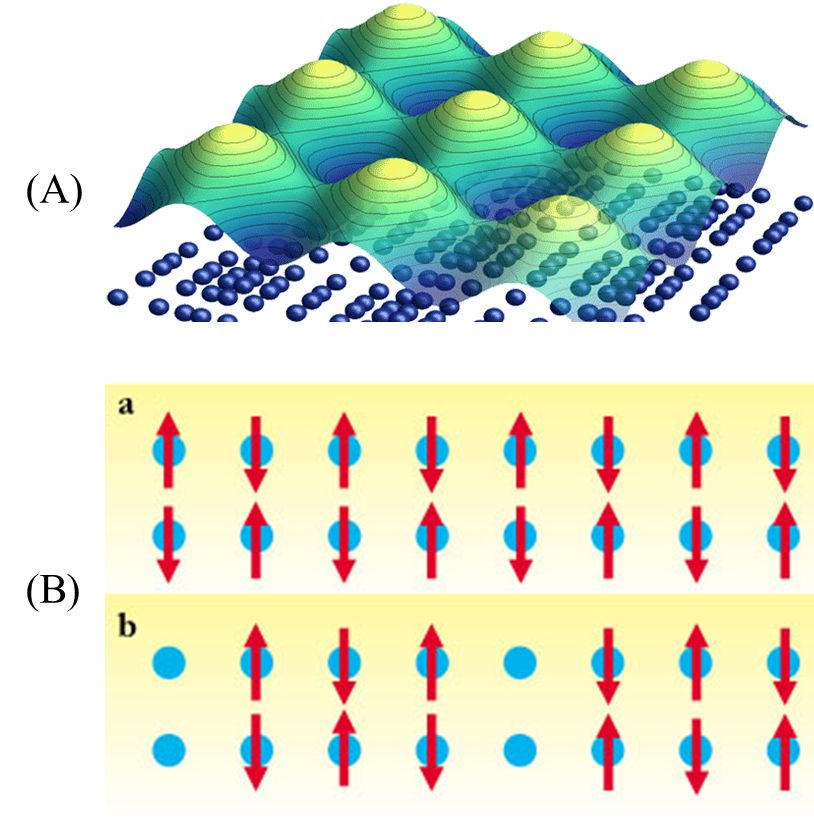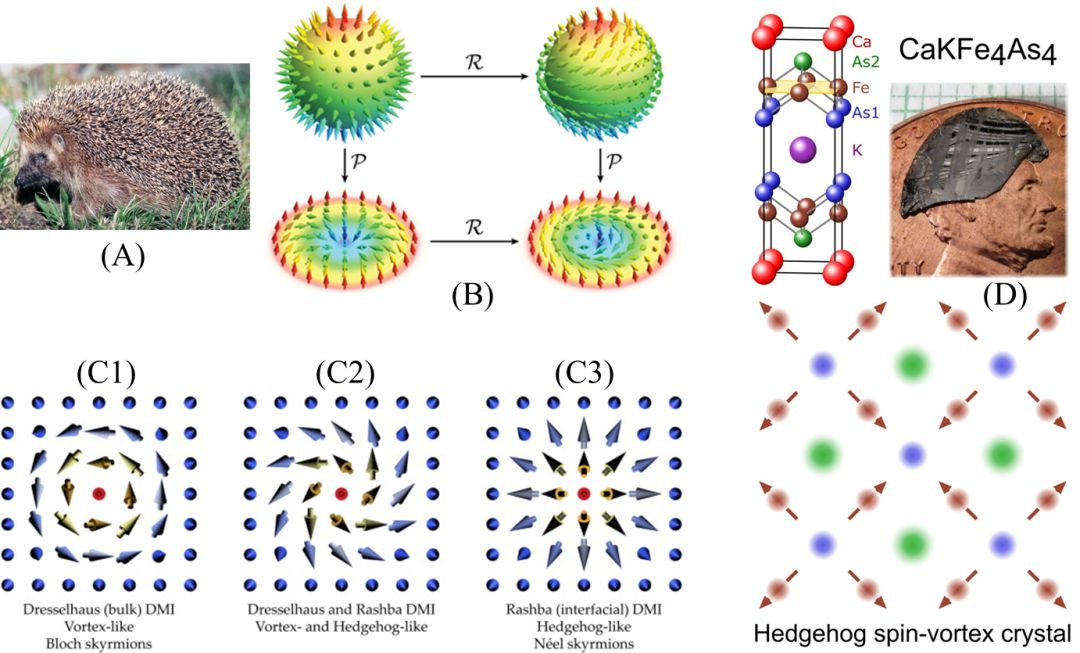Iron-based superconductors. Heavy fermion compounds. èµ energy gap. Overview of these quantum materials
1. The Unique Magnetic Structure of Iron-Based Superconductors
Understanding the electronic pairing mechanism in high-temperature superconductors, including iron-based ones, has been a central challenge in superconducting physics for decades. While some researchers argue that copper and iron-based superconductors still follow the BCS framework, others propose that spin fluctuations are the key to their superconducting pairing. This debate highlights the deep connection between superconductivity and magnetism, which is far from being a simple coexistence. As a result, the study of magnetic structures in iron-based superconductors has remained a hot topic, even surpassing the focus on the superconducting state itself. Bridging superconductivity with magnetism represents a new frontier beyond traditional BCS theory.
Research on the magnetic structures of iron-based superconductors is ongoing, with many studies published daily. It is widely accepted that the wave vectors for the magnetic order in these materials are (π, 0) and (0, π). These correspond to three possible magnetic configurations: stripe-type spin-density wave (SSDW), spin-charge-density wave (SCDW), and spin-vortex crystal (SVC). Experimental evidence supports SSDW and SCDW, but SVC, though theoretically predicted, has remained elusive until recently.

Figure 1. A schematic of charge density wave (A) and spin density wave (B) in solids. ((A) https://today.anl.gov/2015/11/the-realm-of-the-charge-density-wave/#prettyPhoto, (B) http://qpt.physics.harvard.edu/Compete.html)

Figure 2. Spatial morphology of hedgehog SVC.
(A) Hedgehogs have spiky backs and flared outward. (B) Spin configuration in skyrmions and its mapping to a spherical surface. One type (left) is a hedgehog shape, called Neel-type vortex, without spiral. The other (right) has chirality and becomes Bloch-type vortex. (C) Vortex states in plane space, including vortex (C1), Bloch-type (C2), and Neel-type (C3). (D) Ordered arrangement of hedgehog-like units found in CaKFe4As4, a doped iron-based superconductor, known as SVC.
(B) Skyrmions: http://
(C) https://S0022024817301677
(D) Hedgehog: https://eurekalert.org/multimedia/pub/162959.php
The existence of the third magnetic structure, the spin-vortex crystal (SVC), was long theoretical. However, it was only recently observed experimentally by a team led by Paul C. Canfield, including CD Batista and others from institutions like Iowa State University, Ames National Laboratory, and Oak Ridge National Laboratory. Their work, published in "npj Quantum Materials," reveals the first experimental confirmation of this exotic phase.
This discovery not only expands our understanding of magnetic structures in iron-based superconductors but also provides insights into the role of spin fluctuations in their superconducting behavior. The paper titled "Hedgehog spin-vortex crystal stabilized in a hole-doped iron-based superconductor" presents significant findings, showing how the interplay of different magnetic phases can lead to novel quantum states.
2. Heavy Fermion Compounds: CeRh0.58Ir0.42In5 and Subcriticality
Heavy fermion materials, such as CeRh0.58Ir0.42In5, have attracted considerable attention due to their unique electronic properties. These compounds feature electrons with effective masses much larger than those in conventional metals, leading to complex behaviors at low temperatures. They often exhibit non-Fermi liquid behavior, where traditional theories fail to explain their transport properties.
In heavy fermion systems, the interaction between conduction electrons and localized magnetic moments gives rise to phenomena like the Kondo effect and RKKY interactions. These mechanisms compete, leading to rich phase diagrams that include quantum critical points and unconventional superconductivity. A recent study by JD Thompson, Xinlu, and Qimiao Si explored the pressure-dependent behavior of CeRh0.58Ir0.42In5, revealing two distinct quantum critical points and offering new insights into the nature of these systems.
3. Pseudogap in Oxide Heterojunctions
The pseudogap phenomenon is a key feature in high-temperature superconductors, including iron-based ones. Unlike the energy gap in conventional superconductors, the pseudogap persists above the critical temperature Tc, suggesting a more complex pairing mechanism. Researchers have investigated this region using techniques like muon spin relaxation (μSR) and X-ray reflectance spectroscopy.
One notable example is the study of SmTiO3/SrTiO3/SmTiO3 heterojunctions, where the pseudogap was observed near the metal-insulator transition. By adjusting the thickness of the SrTiO3 layer, scientists were able to observe the emergence of antiferromagnetic correlations and pseudogap features. This work highlights the potential of oxide heterojunctions in uncovering the mysteries of high-temperature superconductivity.
Screen film cutting machine provides a complete solution to solve the pressure on finished film inventory of various mobile phone accessories suppliers. It`s suitable for individual entrepreneurship or mobile phone repair stores.
The most important is that the machine can help you solve the problems of selling and applying traditional Screen Protector films.
The advantages of screen film cutting machine are keep away from inventory pressure, low investment cost, and achieve profitability, etc.
Intelligent Mini Hydrogel Machine,Hydrogel Protector Cutter Machine,Smart Protective Film Cutter,Sticker Cutting Machine
Shenzhen TUOLI Electronic Technology Co., Ltd. , https://www.tlhydrogelprotector.com